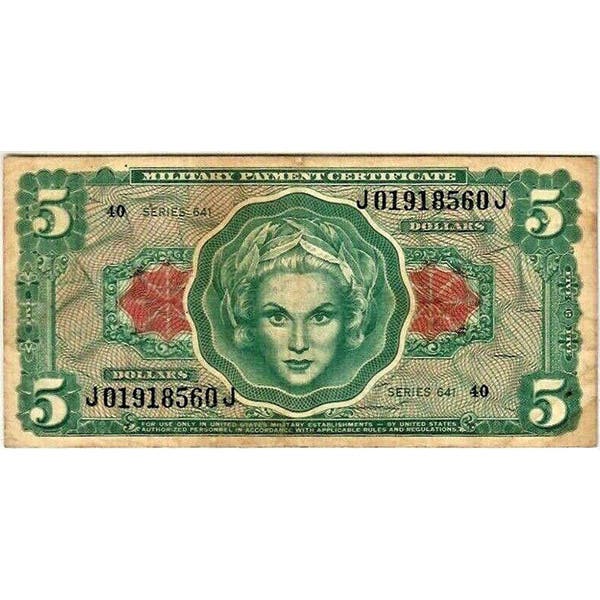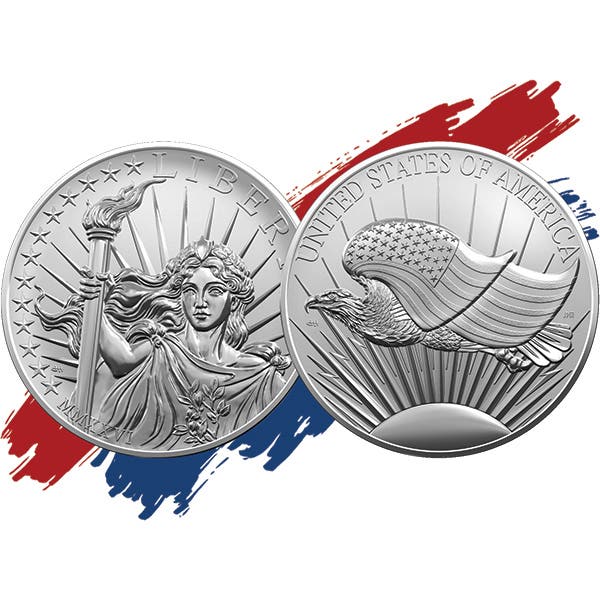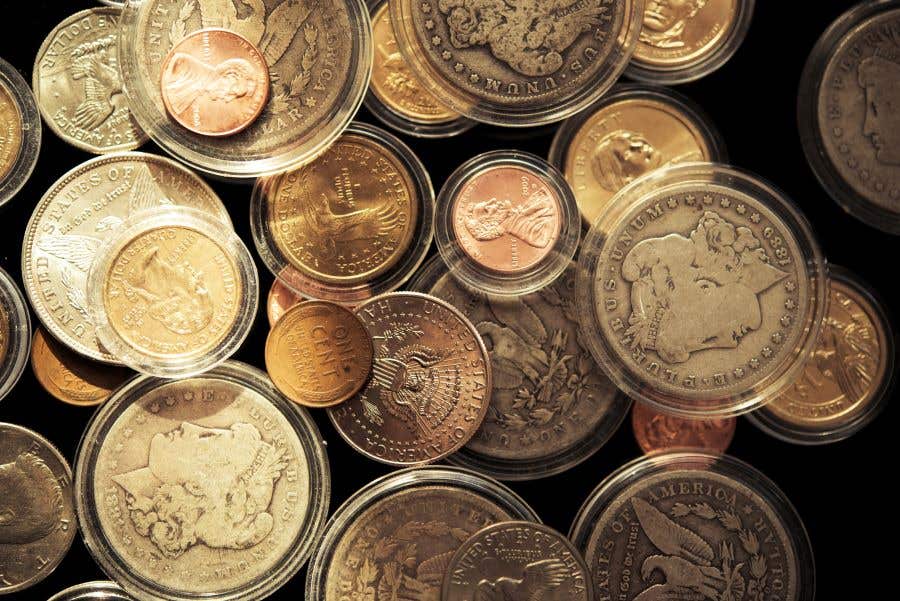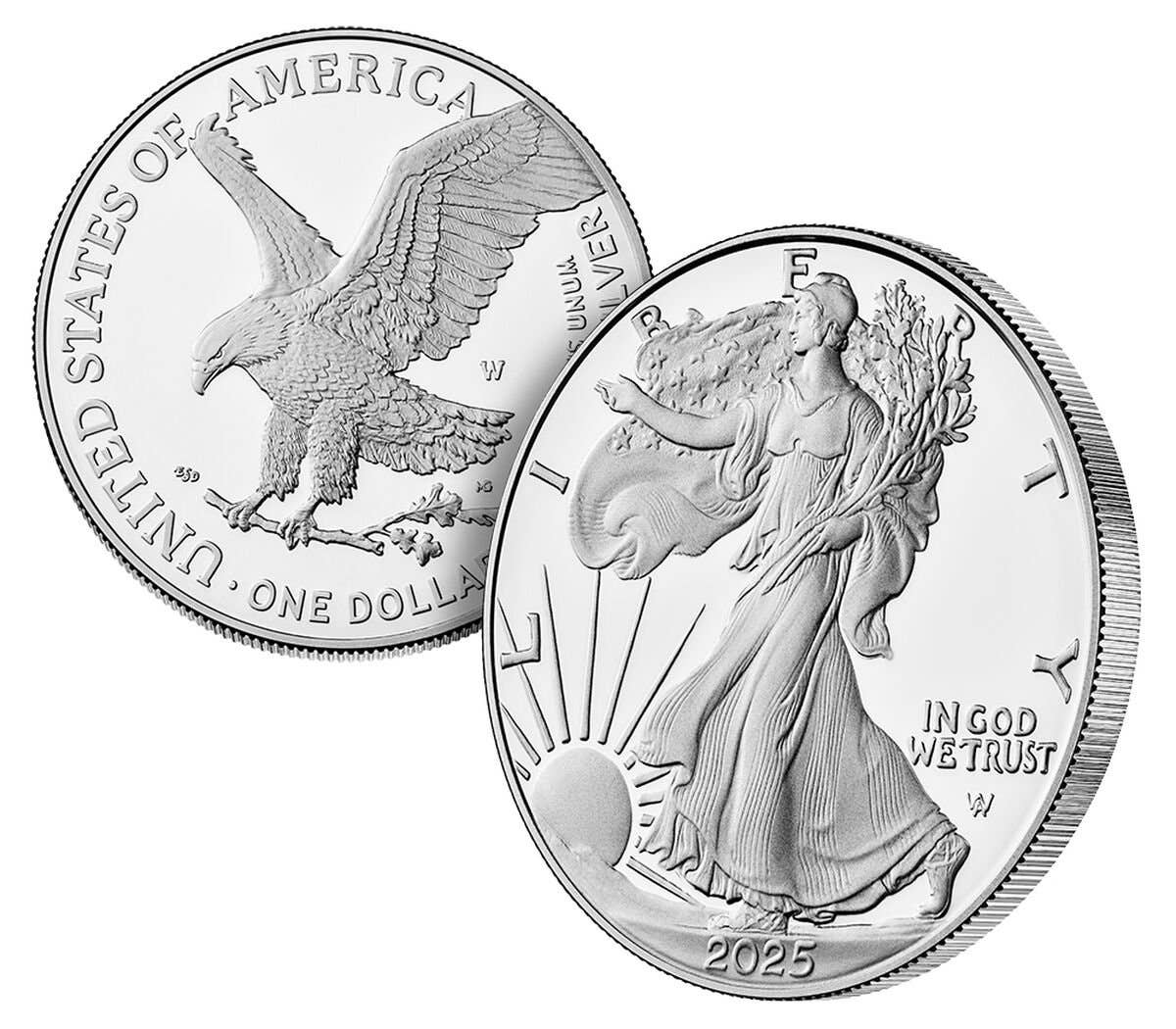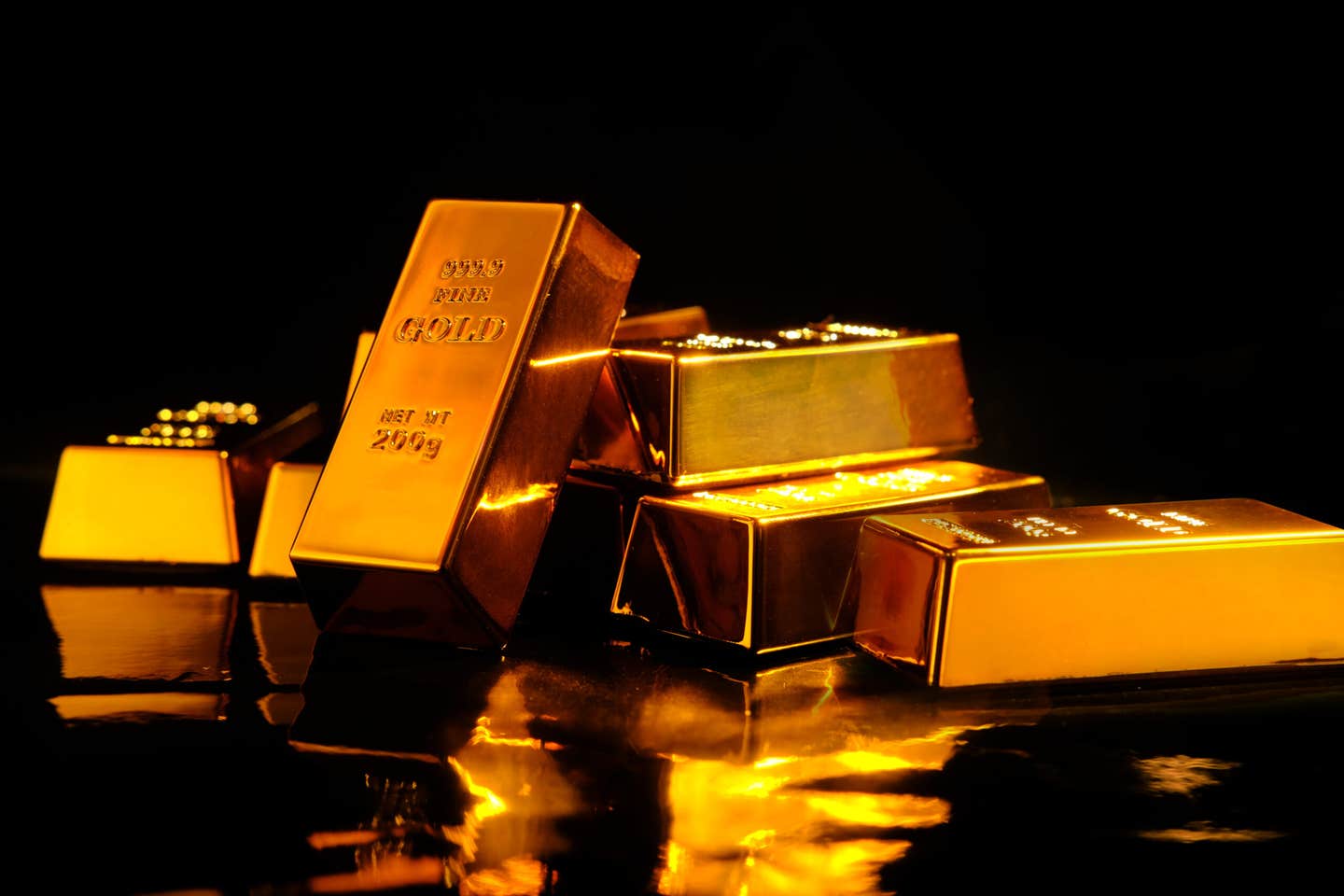Why Did Silver Reach A 13-Year High This Month?
After years in gold’s shadow, silver surged past $35 for the first time since 2012. What triggered the spike? Supply shifts, global intrigue, and maybe a little market mischief.
On Thursday, June 5, the spot price of silver closed on the COMEX at $35.68. That was the first time that it was above $35.00 since it was $37.14 on February 28, 2012.
That one-day spike in 2012 didn’t last. The next day, COMEX silver closed at $34.58.
From June 6 through June 16, the COMEX closing silver spot prices were all over $36.00.
So, what happened to awaken this metal from its seeming slumber while gold’s price has set dozens of all-time record highs in 2024 and 2025?
The best information I have is that there was a sudden decline in silver supplies sold on the COMEX.
HSBC, along with JPMorgan Chase, is the custodian of massive physical inventories of precious metals on behalf of the bank’s customers. HSBC and Chase may also own metals for their own accounts.
From December 2023 through the end of May this year, HSBC sold about 100 million ounces of silver in customer accounts through the COMEX, an average of about 1.3 million ounces a week. These sales accounted for about 25 percent of all COMEX silver futures contract volume during this time.
In the first week of June, HSBC did not sell any silver through the COMEX on behalf of its customers. This lack of supply led the price of silver to rise more than 5 percent on Monday, June 2, from the COMEX close the previous Friday.
Most of the time, when you get a quick one-day 5 percent spike in the price of a commodity, supply, and demand shift to offset that move and quiet the markets. Why didn’t that happen this time around?
What follows is my speculation—so don’t treat it as an established fact. It is known that the Chinese government, either on its own account, the Chinese central bank, Chinese sovereign investment funds, or Chinese companies controlled directly by that government or by its military, are customers of JPMorgan Chase and HSBC (and probably other banks) with accounts of precious metals stored in the vaults of those banks.
These banks handle buy and sell orders on behalf of their customers. It is also possible that the banks may have negotiated authority from their customers to “borrow” some of these metals for short-term trading purposes.
It is possible that for years, the Chinese government may have been a seller of silver on the COMEX to hold down the price while it quietly accumulated greater quantities of silver elsewhere.
It is also entirely possible that the Chinese government, as part of the political and financial wrangling with the U.S. government over tariffs, has halted its HSBC account silver sales in order to punish global industrial users of silver by forcing up prices.
Is this really what is happening behind the silver price rise? Maybe.
If it isn’t the Chinese, though, it could be another party that is fearful of the major short positions it is holding in the silver paper markets, especially in London and the New York COMEX, which is trying to minimize potential future losses by reducing or halting its market-manipulating sales.
Last column's numismatic trivia question
Last time, I asked—Which person who never served as U.S. president appears on the greatest number of denominations of U.S. currency? Alexander Hamilton appeared on six denominations--the $2, $10, $20, $50, $500, and $1,000 U.S. currency, including the current $10 Federal Reserve Note. Salmon P. Chase, who served as U.S. Secretary of the Treasury from 1861-1864, was portrayed on five denominations of which the $1, $10, $50, and $100 U.S. currency were issued while he was alive and serving as Treasury Secretary. On April 7, 1866, a law went into effect to prohibit the appearance of living people on U.S. securities, including currency. Later, Chase’s portrait appeared on the $10,000 Federal Reserve Note.
This week's trivia question
Here is this week’s question. Which two brothers have appeared separately on U.S. currency? Come back next week for the answer.
Patrick A. Heller was honored as a 2019 FUN Numismatic Ambassador. He also received the American Numismatic Association 2018 Glenn Smedley Memorial Service Award, the 2017 Exemplary Service Award, the 2012 Harry Forman National Dealer of the Year Award, and the 2008 Presidential Award. Over the years, he has also been honored by the Numismatic Literary Guild (including twice in 2020), the Professional Numismatists Guild, the Industry Council for Tangible Assets, and the Michigan State Numismatic Society. He is the communications officer of Liberty Coin Service in Lansing, Michigan, and writes “Liberty’s Outlook,” a monthly newsletter on rare coins and precious metals subjects. Past newsletter issues can be viewed at www.libertycoinservice.com. Some of his radio commentaries, "Things You ‘Know’ That Just Aren’t So,” and “Important News You Need To Know,” can be heard at 8:45 a.m. Wednesday and Friday mornings on 1320-AM WILS in Lansing (which streams live and becomes part of the audio archives posted at www.1320wils.com).
You may also like:




